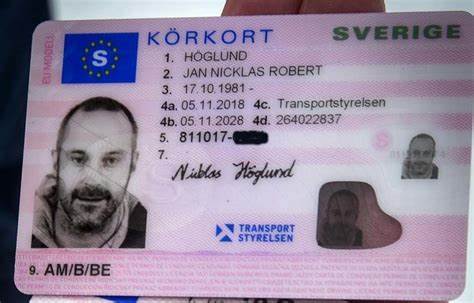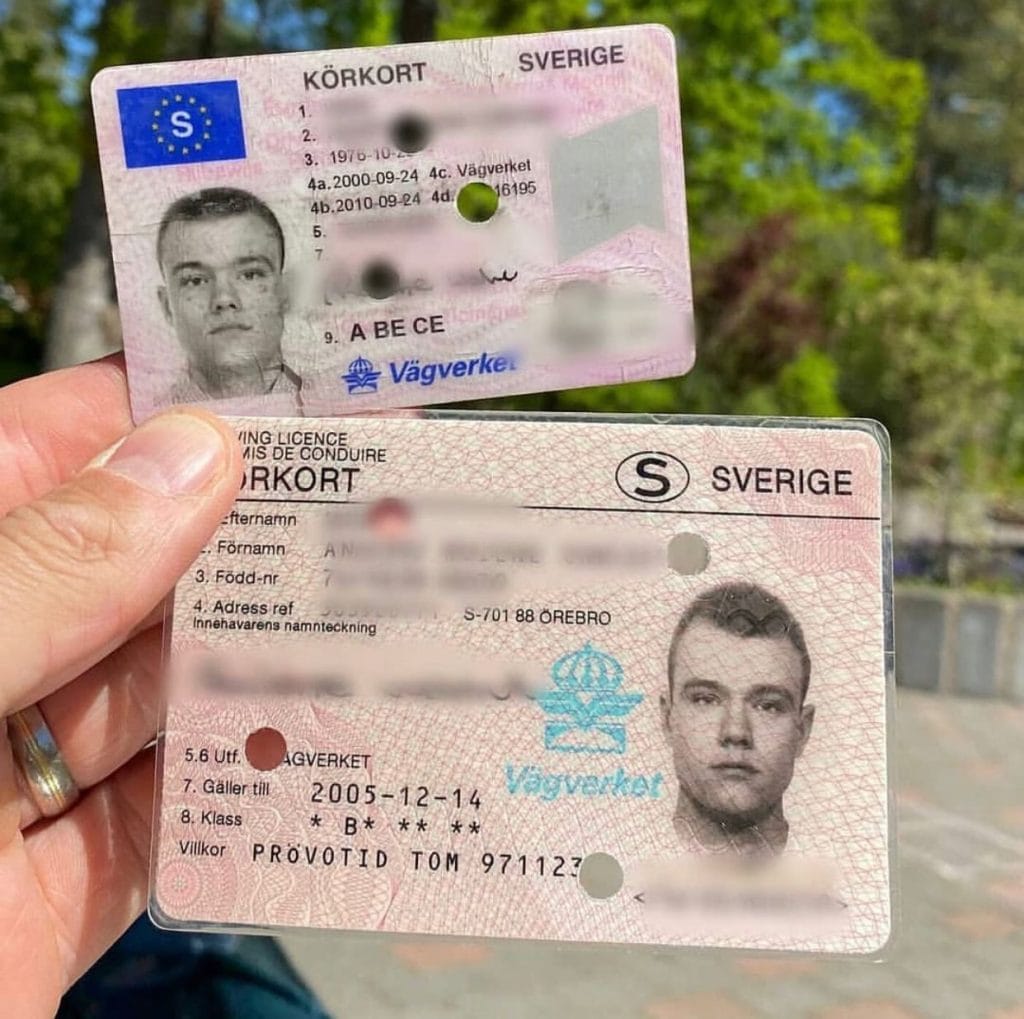15 Fun And Wacky Hobbies That'll Make You More Effective At Buy A1 Dri…
페이지 정보

본문

The Comprehensive Guide to Legally Obtaining a Driving License
Driving is a fundamental skill for lots of, providing the freedom to travel where and when you desire, typically making life easier and pleasurable. Nevertheless, getting a driving license is a procedure that needs understanding, perseverance, and adherence to legal procedures. This guide intends to offer a comprehensive overview of the actions one need to follow to legally acquire a driving license, highlighting essential factors to consider and regularly asked concerns to guarantee a smooth and hassle-free experience.
Understanding the Basics
Before diving into the application process, it's crucial to comprehend the basic requirements and kinds of driving licenses offered. Driving laws differ substantially from nation to country, and even within different states or provinces within the same nation. Typically, there are several types of driving licenses, consisting of:
- Learner's Permit: This is typically the initial step at the same time, permitting new chauffeurs to get experience under guidance.
- Provisional License: Issued after passing a fundamental driving test, this license normally features restrictions and is a stepping stone to a complete license.
- Full Driver's License: Once all the necessary requirements are satisfied, drivers can acquire a complete license, which provides total driving privileges.
- Industrial Driver's License (CDL): Required for those who want to operate commercial automobiles, such as trucks or buses.
Steps to Obtain a Driving License
1. Research Local Driving Laws
The initial step in getting a driving license is to look into the specific requirements in your area. Visit the main website of your regional Department of Motor Vehicles (DMV) or equivalent firm to find detailed info about the licensing procedure, consisting of age restrictions, required documents, and charges.
2. Prepare Required Documentation
Each jurisdiction has its own set of documents that need to be sent to obtain a driving license. Typically required documents consist of:
- Proof of Identity: A passport, birth certificate, or state-issued ID.
- Evidence of Residency: Utility costs, lease arrangements, or other official documents that validate your address.
- Social Security Number (if appropriate): In some countries, a social security number or equivalent is needed for identification.
- Vision Test Results: Some locations require a vision test before providing a learner's license or license.
3. Take a Driver's Education Course
Numerous states and nations need new drivers to finish a driver's education course. These courses are designed to teach the guidelines of the road, traffic laws, and safe driving practices. They can be completed online or in a class setting and frequently include both theoretical and practical parts.
4. Request a Learner's Permit
Once the needed documentation is prepared and the driver's education course is completed, the next step is to get a learner's permit. This typically involves checking out the DMV or submitting an application online. You will also require to pass a written test that covers traffic laws and driving knowledge.
5. Practice Driving
With a student's license, you can start practicing driving under the supervision of a certified grownup. This is an important step in developing your self-confidence and skills behind the wheel. It's likewise crucial to get experience in various driving conditions, such as night driving, highway driving, and driving in severe weather condition.
6. Set up and Pass the Driving Test
After getting adequate driving experience, you can arrange a driving test with the DMV. The test will assess your ability to securely run a car and follow traffic laws. You will require to bring a correctly signed up and guaranteed vehicle to the test, and the inspector will examine your driving abilities on a predetermined path.
7. Obtain a Provisional License
If you pass the driving test, you will typically get a provisional license. This license might come with limitations, such as a curfew or a limitation on the variety of passengers you can have in the automobile. These constraints are designed to minimize the danger of mishaps and help new motorists acclimate to the roadway.
8. Upgrade to a Full License
As soon as you have held a provisional license for the necessary duration and met any extra requirements, you can upgrade to a full driver's license. This procedure generally includes an easy application and may need a retest or extra paperwork.
Tips for a Successful Application
- Start Early: Begin the process as quickly as you satisfy the age requirement to offer yourself ample time to prepare.
- Stay Informed: Keep current with any modifications in driving laws or DMV procedures.
- Practice Regularly: Consistent practice is key to developing self-confidence and improving your driving skills.
- Stay Calm During the Test: Anxiety can affect your performance, so take deep breaths and remain focused.
- Follow DMV Instructions: Pay close attention to the directions offered by the DMV and the examiner throughout your test.
Regularly Asked Questions (FAQs)
Q: What is the minimum age to get a student's license?
A: The minimum age differs by jurisdiction. In the United States, it typically ranges from 15 to 16 years of ages. In the UK, the minimum age is 17. Check your local DMV site for particular details.
Q: Can I obtain a driver's license online?
A: Some jurisdictions enable you to finish parts of the application process köp internationellt körkort online, such as filling out kinds and scheduling tests. However, you will generally need to visit a DMV workplace personally to submit needed documents and take the driving test.
Q: What happens if I fail the driving test?
A: If you fail the driving test, you can normally retake it after a particular duration. This period differs by place, however it is typically a few weeks. It's an excellent concept to practice more before retaking the test to enhance your chances of success.
Q: Can I drive alone with a student's license?
A: No, a learner's license usually needs you to be accompanied by a certified adult, usually over 21 years of ages, who is seated in the front traveler seat.
Q: Is a vision test required to get a driving license?
A: Yes, a lot of jurisdictions require a vision test to ensure that you can safely run an automobile. You can normally take this test at the DMV or with an authorized optometrist.
Q: How long does it take to get a full driver's license?
A: The time needed to acquire a full driver's license differs depending on your jurisdiction and the specific steps included. Normally, it can take numerous months, consisting of the time needed to finish a driver's education course, hold a learner's license, and pass the driving test.
Q: Can I utilize a provisional license to drive for work?
A: It depends upon the limitations put on your provisional license. Some provisionary licenses enable you to drive for work, while others may have specific restrictions. Inspect your license for information or contact the DMV for clarification.
Q: What is the distinction in between a learner's authorization and a provisionary license?
A: A learner's authorization is the first stage of the licensing procedure and enables you to drive just under guidance. A provisionary license, on the other hand, grants you more driving opportunities however may still have some limitations, such as a curfew or passenger limits.
Q: Can I make an application for a business driver's license (CDL) without a full driver's license?
A: No, you generally require a full driver's license before requesting a CDL. A CDL is a specialized license that needs additional training and testing, and it is just released to those who have actually shown the capability to securely operate a basic vehicle.
Q: What should I do if I lose my driving license?
A: If you lose your driving license, you ought to report it to the DMV and get a replacement. You might need to supply evidence of identity and pay a fee. It's likewise an excellent idea to notify your insurance provider and any other appropriate parties.
Getting a driving license is a significant milestone that opens up new opportunities and increases independence. By following the steps outlined in this guide and remaining informed about regional laws and requirements, you can guarantee a smoother and more successful licensing procedure. Bear in mind that driving is a serious duty, and taking the time to learn and practice is vital for your security and the security of others on the roadway.

- 이전글See What Cat Door Fitting Service Tricks The Celebs Are Utilizing 25.06.30
- 다음글5 Qualities People Are Looking For In Every Swedish Driving License Online 25.06.30
댓글목록
등록된 댓글이 없습니다.


